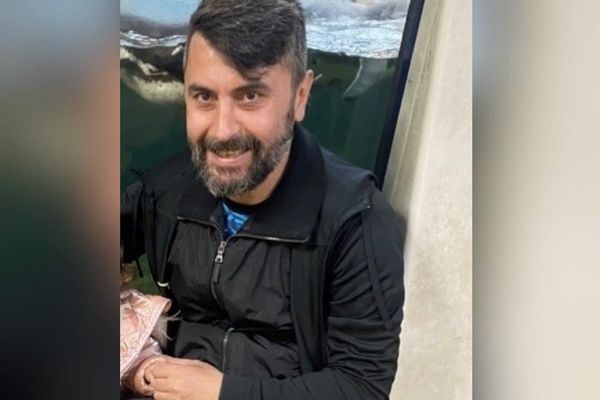
I saw a seahorse for the first time when I was 14. There is something very unfishlike about the way seahorses swim upright, and their constantly moving eyes – it made me feel completely in awe of them. Fifty-one years later, and that feeling has never gone away. Even now, if I’m on a dive and I see one, I find it amazing.
Seahorses are fish that don’t fit into any category; they seem like an amalgam of lots of different creatures. They have horse-like heads, kangaroo-like pouches and prehensile, monkey-like tails – which often seem to have a mind of their own – plus they can change colour like a chameleon. It’s quite remarkable.
My holidays are oriented around seahorses, because every time I see one in the wild, I learn something new. I have also successfully bred 22 different species in captivity. This enabled me to develop a facial ID system where you can look at the lines and spots on either side of the seahorse’s head to identify it, so we can better understand and study individual seahorses in the wild.
At one point, I had 26 tanks of seahorses at home. It was a four-storey house and there were tanks everywhere, but my wife and stepchildren got used to it. Luckily, we live near a river so I would go out every morning to fish for shrimp for them to eat. Sometimes, in the winter, I could be down there for a couple of hours each day, trying to fill four large buckets.
I used my collection of seahorses to found the first seahorse-only public aquarium, and then joined forces with the National Marine Aquarium in Plymouth.
People used to think seahorses mate for life and that if one died, its partner never mated again. I soon debunked that myth, not only for seahorses in captivity but also by diving in the wild and identifying individuals and who they were mating with.
There are 65 different types of seahorses (two in UK waters), from very tiny ones that are 1.5cm long right up to the largest ever recorded, off the coast of Dorset, which was 34cm long.
It is very difficult to find and study seahorses in the wild because, as stealth hunters who rely on not being seen by predators, they are naturally cryptic. They are so thin from behind that when they are side on and then they turn, they seem to disappear. They can vanish in the sea in seconds.
For decades, it was very difficult to convince the government that seahorses were living, breathing creatures that inhabit our waters right up into Scotland. People just laughed at me. Some people still think seahorses are mythical, the stuff of legends, like fire-breathing dragons.
I spent six years trying to get seahorses protected, which finally happened in the UK in 2008. They now have one of the highest protections in the land. Many researchers are out in the ocean today studying seahorses, and our knowledge of these fascinating creatures is improving all the time.
As told to Donna Ferguson
To adopt a seahorse via the Seahorse Trust, visit https://www.theseahorsetrust.org/adopt-a-seahorse-4/







